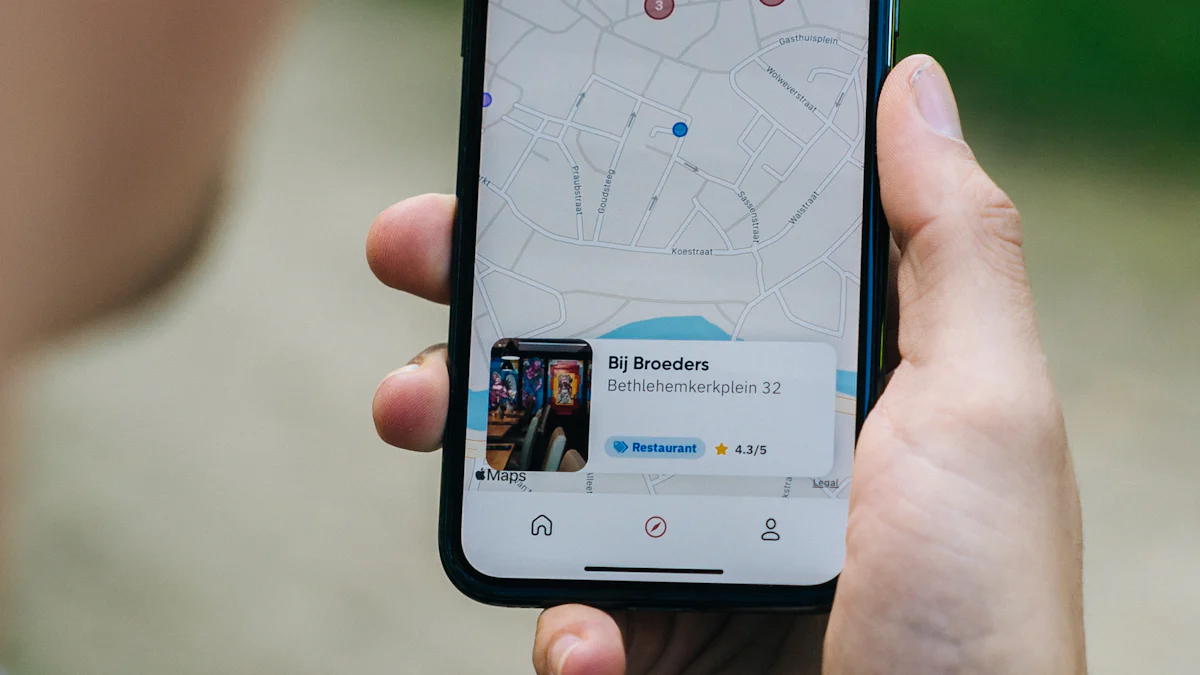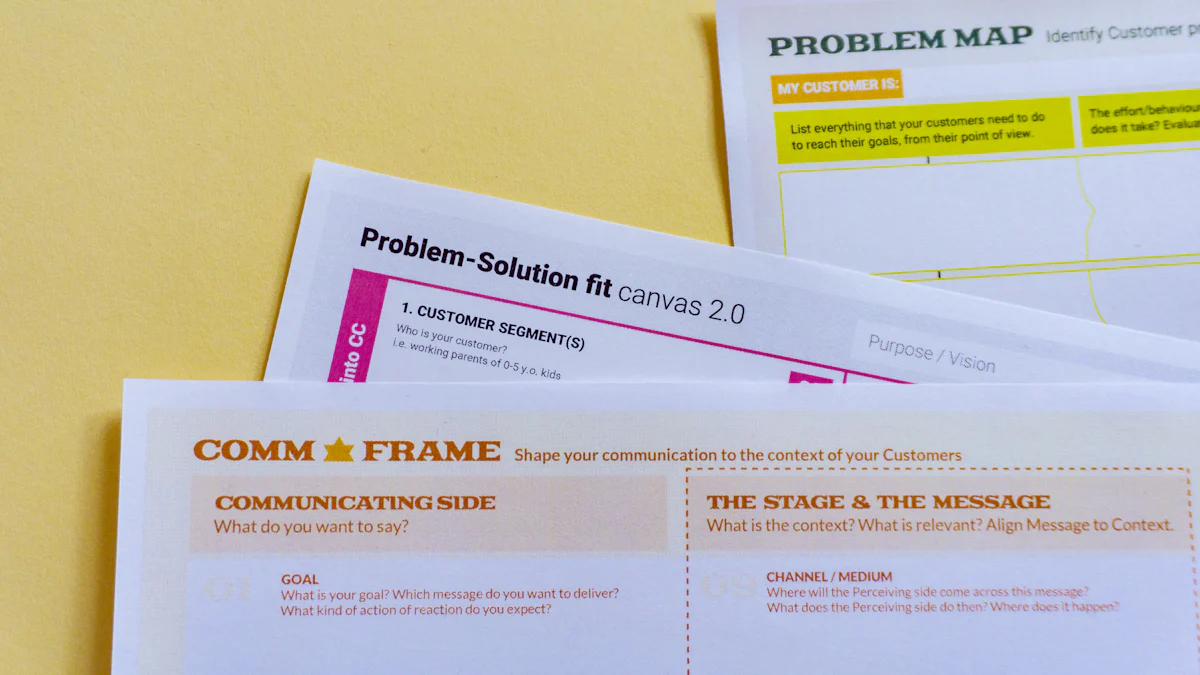Your Guide to Worldwide Package Tracking

Package tracking has revolutionized the way people send and receive goods. It allows individuals to monitor their shipments in real-time, providing transparency and security. Worldwide tracking plays a crucial role in international trade and personal deliveries. It ensures that packages reach their destinations safely and on time. This system helps users stay informed about their parcels' whereabouts, reducing anxiety and enhancing trust in global logistics.
Understanding Worldwide Tracking

Worldwide tracking has become an essential component of global logistics. It allows individuals and businesses to monitor their packages as they travel across borders. This section delves into how worldwide tracking functions and identifies the key players involved in this intricate process.
How Worldwide Tracking Works
Worldwide tracking operates through a combination of advanced technologies and systematic processes. These elements work together to ensure that packages are traceable from the point of origin to their final destination.
Tracking Technologies Used
Various technologies facilitate worldwide tracking. Radio Frequency Identification (RFID) tags and barcodes are commonly used to track packages. RFID tags use electromagnetic fields to automatically identify and track tags attached to objects. Barcodes, on the other hand, store data that can be scanned to provide information about the package. These technologies enable real-time updates, allowing users to know the exact location of their shipments.
Role of Tracking Numbers
Tracking numbers play a crucial role in worldwide tracking. Each package receives a unique tracking number, which acts as an identifier throughout its journey. This number allows users to access detailed information about their package's status. By entering the tracking number on a carrier's website or a tracking platform, users can receive updates on the package's location and estimated delivery time.
Key Players in Worldwide Tracking
Several entities contribute to the efficiency and reliability of worldwide tracking. These key players ensure that packages move smoothly through the global supply chain.
Postal Services
Postal services form the backbone of worldwide tracking. They handle a significant volume of international shipments. National postal services collaborate with each other to facilitate cross-border deliveries. They provide tracking services that allow users to monitor their packages as they move through different countries.
Courier Companies
Courier companies offer specialized worldwide tracking services. They provide faster and more reliable delivery options compared to traditional postal services. Companies like DHL, FedEx, and UPS have established extensive networks that enable them to offer comprehensive tracking solutions. These companies invest in technology to enhance their tracking capabilities, ensuring that customers receive accurate and timely updates.
JUSDA's Role in Global Logistics
JUSDA plays a pivotal role in worldwide tracking within the logistics industry. As a global supply chain service provider, JUSDA offers a range of solutions that enhance package tracking. Their JusLink intelligent supply chain integrates IoT, cloud computing, and big data to improve visibility and collaboration. JUSDA's extensive network and innovative technologies position them as a leader in global logistics, providing efficient and reliable tracking services to their clients.
Benefits of Package Tracking

Package tracking offers numerous advantages that enhance the shipping experience for both senders and recipients. By understanding these benefits, individuals and businesses can make informed decisions about their shipping needs.
Security and Peace of Mind
Tracking packages worldwide provides a sense of security and peace of mind. Users can monitor their shipments and stay informed about their status.
Real-time Updates
Real-time updates allow users to track their packages as they move through the supply chain. This feature provides transparency and helps users anticipate delivery times. By accessing real-time information, individuals can plan accordingly and avoid unnecessary delays.
Loss Prevention
Package tracking plays a crucial role in preventing loss. By monitoring shipments, users can quickly identify any issues that may arise during transit. This proactive approach reduces the risk of lost packages and ensures that shipments reach their destinations safely.
Efficiency in Delivery
Worldwide tracking enhances the efficiency of package delivery. It streamlines logistics and improves the overall shipping process.
Predictive Delivery Times
Predictive delivery times offer valuable insights into when a package will arrive. By analyzing data from previous shipments, carriers can provide accurate estimates for delivery. This information helps recipients plan their schedules and reduces the uncertainty associated with waiting for a package.
Streamlined Logistics
Tracking systems streamline logistics by optimizing routes and reducing transit times. Carriers can use tracking data to identify bottlenecks and implement solutions to improve efficiency. This approach not only speeds up delivery but also reduces costs for both carriers and customers.
Additional Considerations
When engaging in worldwide tracking, several additional factors come into play. These considerations can significantly impact the efficiency and reliability of package delivery across international borders.
Customs and International Regulations
Customs and international regulations are critical components of worldwide tracking. They influence how packages move through different countries and affect delivery times.
Customs processes involve inspecting and clearing packages as they enter a new country. Each nation has its own set of rules and documentation requirements. Shippers must provide accurate information to avoid delays. Customs officials check packages for compliance with local laws and regulations. Understanding these processes helps shippers prepare the necessary paperwork and ensure smooth transit.
Customs processes involve inspecting and clearing packages as they enter a new country. Each nation has its own set of rules and documentation requirements. Shippers must provide accurate information to avoid delays. Customs officials check packages for compliance with local laws and regulations. Understanding these processes helps shippers prepare the necessary paperwork and ensure smooth transit.
Impact on Delivery Times
Customs procedures can affect delivery times. Packages may face delays if they require additional inspection or if documentation is incomplete. Shippers should account for potential hold-ups when estimating delivery dates. By understanding customs processes, they can better anticipate these delays and communicate realistic timelines to recipients.
Choosing the Right Tracking Tools
Selecting the appropriate tracking tools enhances the worldwide tracking experience. These tools provide valuable insights into package status and location.
Popular Tracking Apps
Several tracking apps offer comprehensive worldwide tracking services. Apps like 17TRACK, Parcel Monitor, and AfterShip allow users to monitor packages from multiple carriers. These platforms consolidate tracking information, making it easier to follow shipments across different regions. Users can access updates through mobile devices, ensuring they stay informed on the go.
Features to Look For
When choosing tracking tools, users should consider specific features. Real-time updates provide the most current information about package location. Multi-carrier support allows tracking of shipments from various providers. Notifications alert users to changes in status or estimated delivery times. A user-friendly interface ensures ease of use, while integration with other apps enhances functionality. By selecting tools with these features, users can optimize their worldwide tracking experience.
Package tracking plays a vital role in modern logistics, ensuring that shipments reach their destinations safely and efficiently. By utilizing tracking tools, individuals and businesses can enhance their delivery experiences, gaining real-time insights and reducing uncertainties. Staying informed and proactive empowers users to make better decisions and anticipate potential challenges. Embracing these technologies not only improves the shipping process but also fosters trust and reliability in global trade.
See Also
Revealing the Ultimate Global Logistics Companies Guide
Exploring 2024's Latest Sea Freight Logistics Trends
Embarking on a Future Journey with Logistics Tech Innovations
Unveiling JUSDA's High-Tech Manufacturing Logistics Solutions
